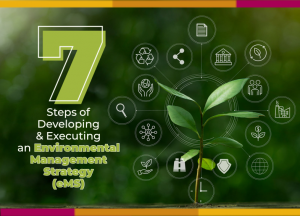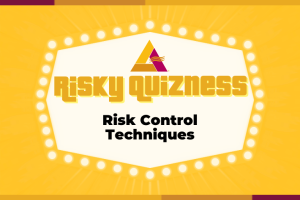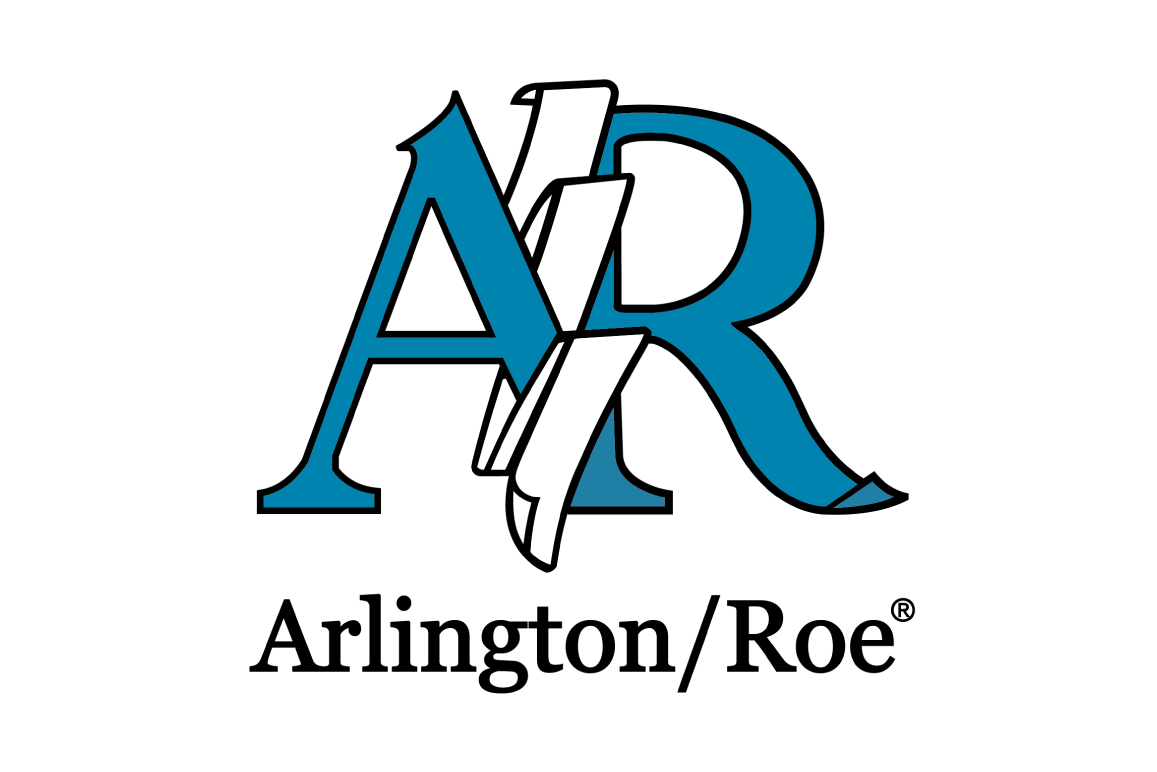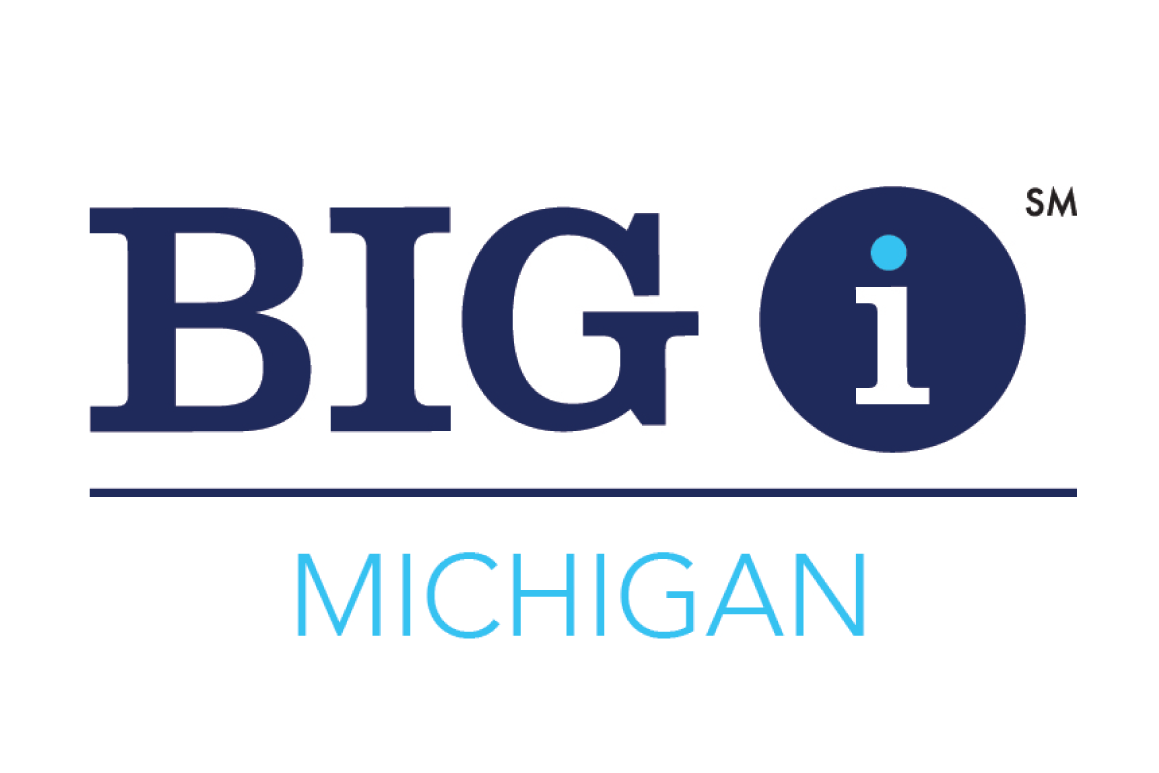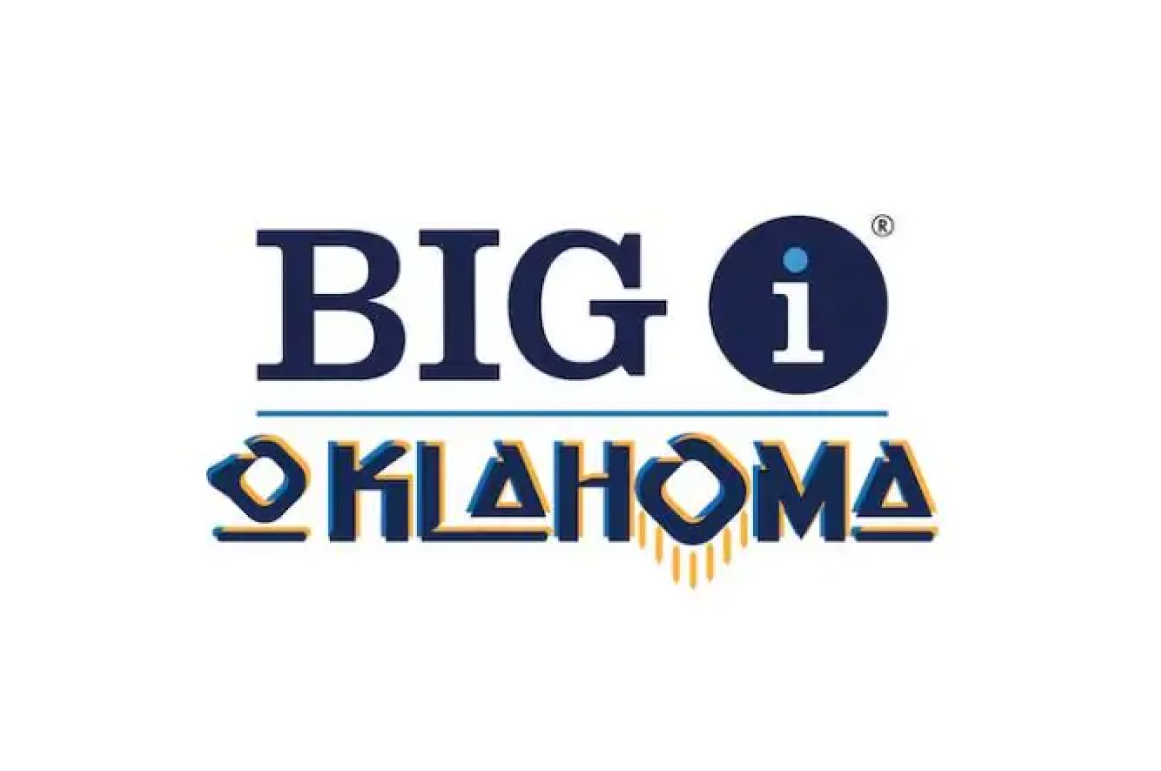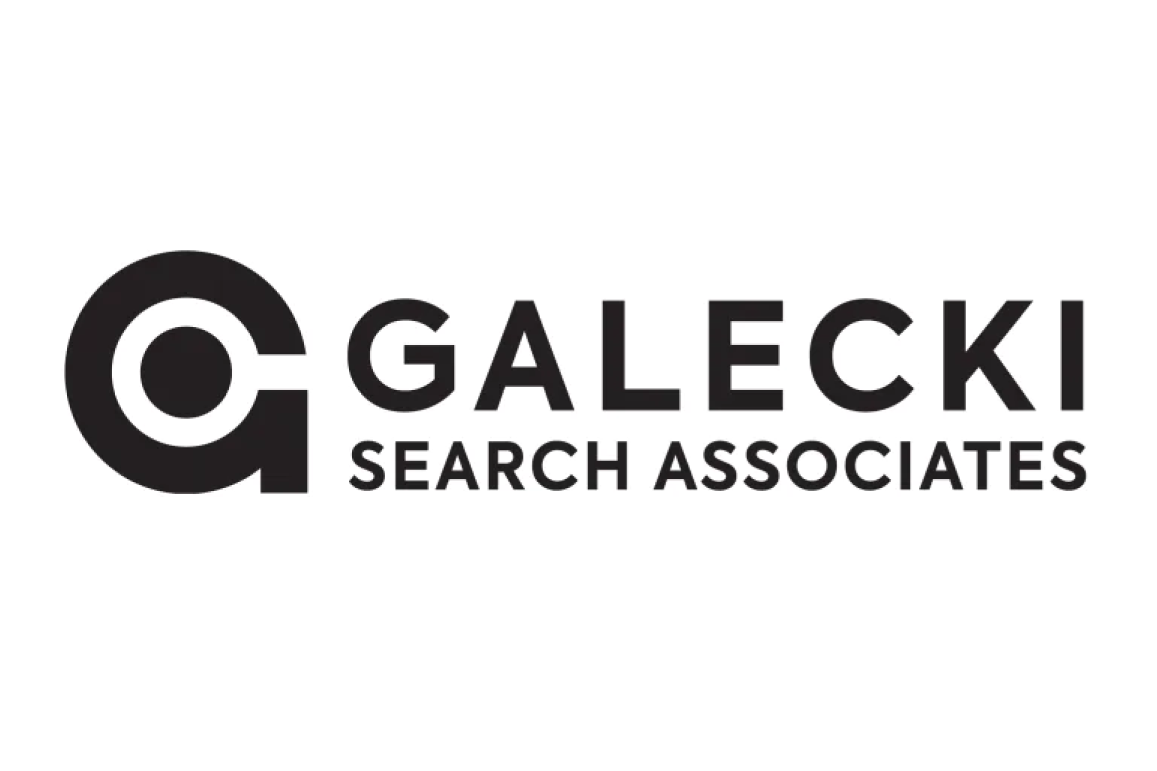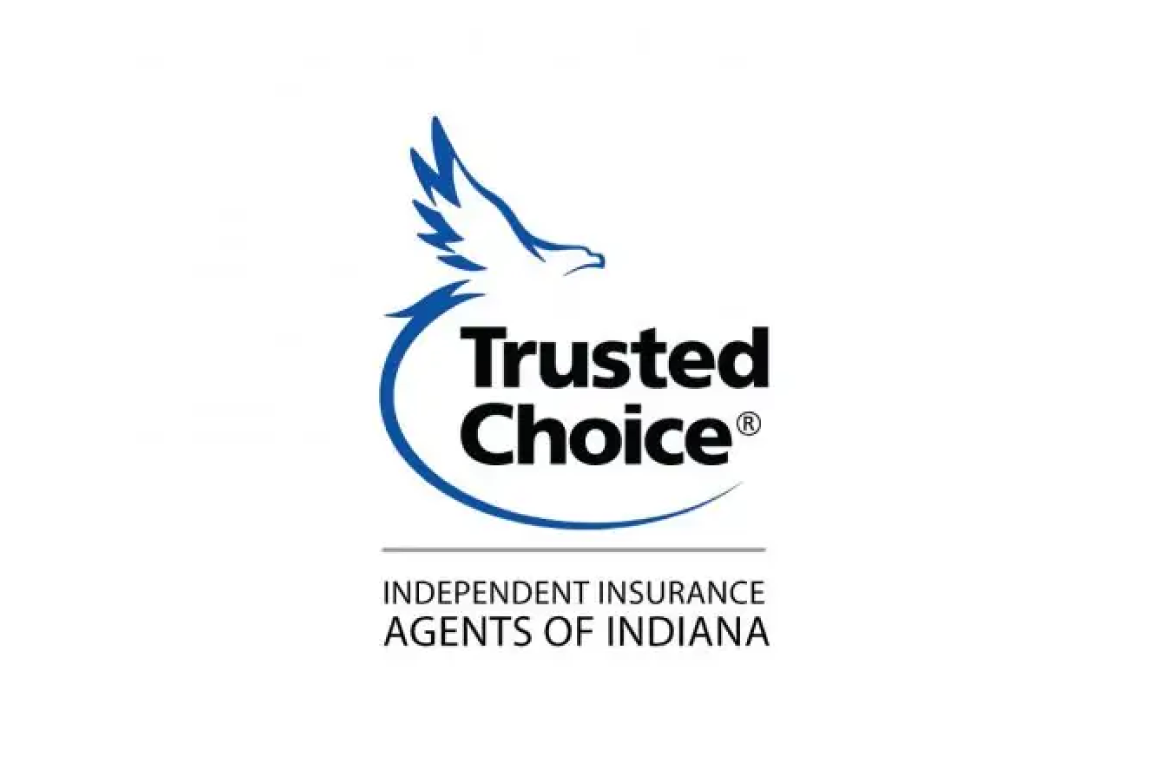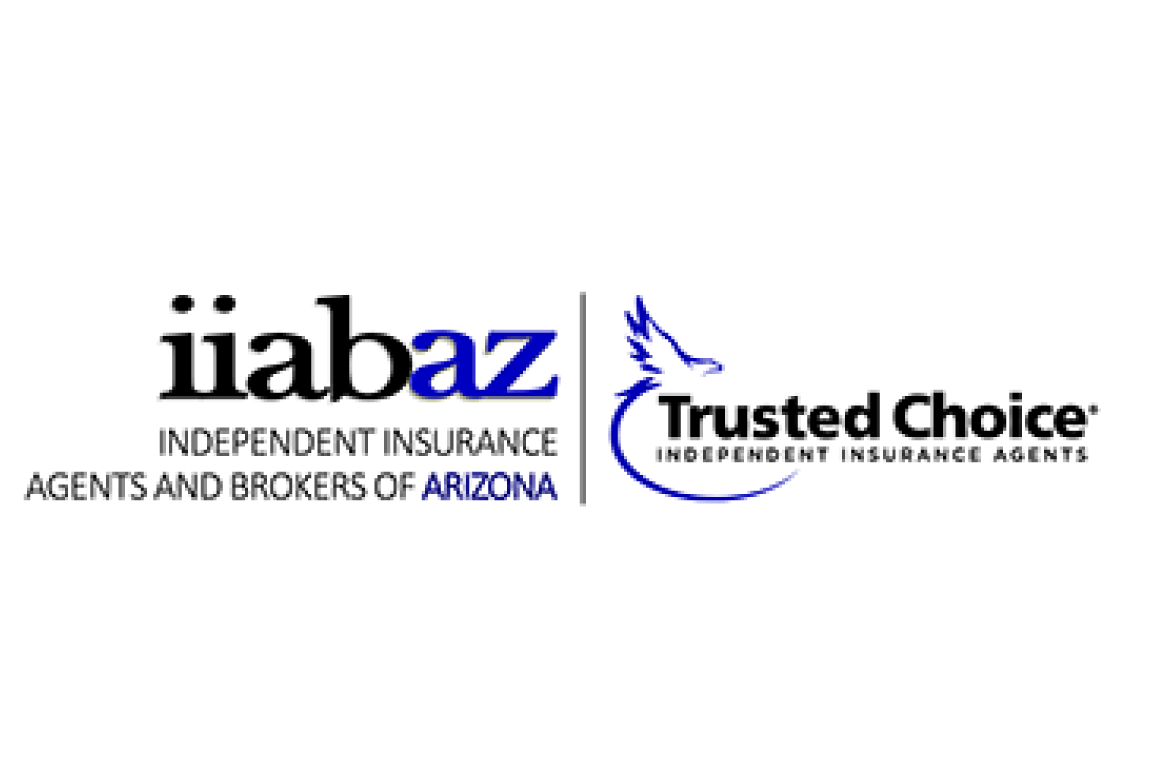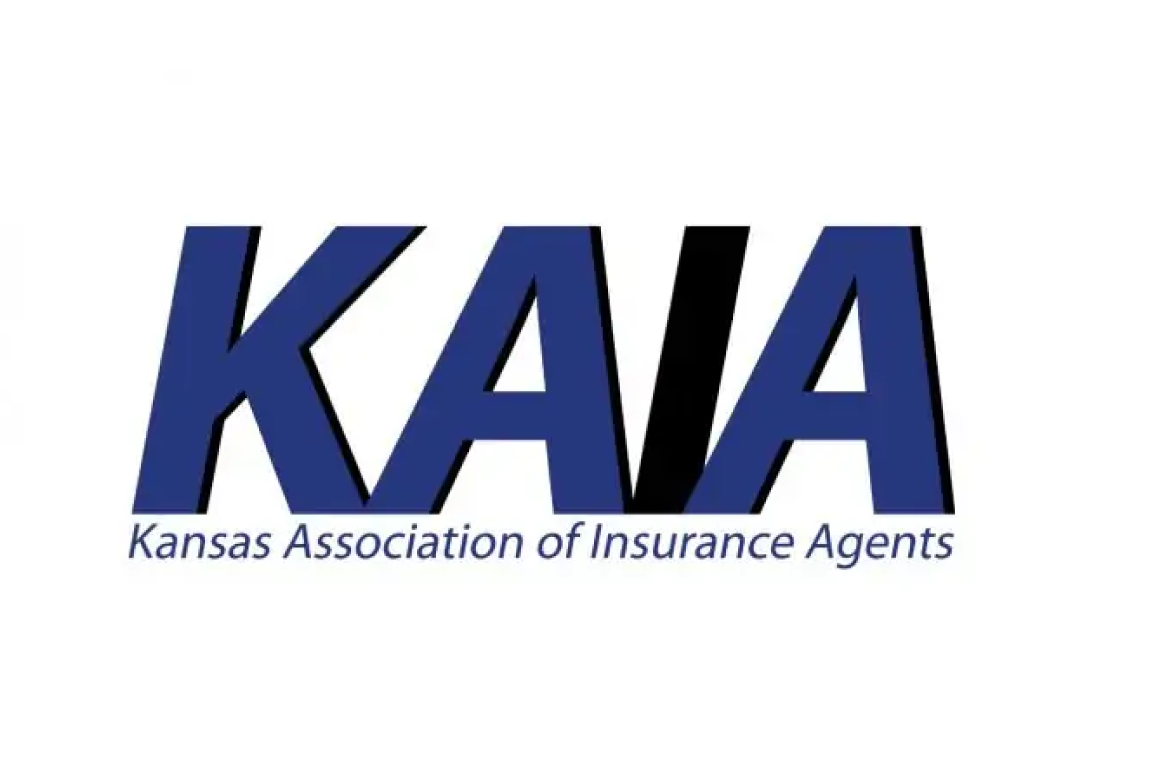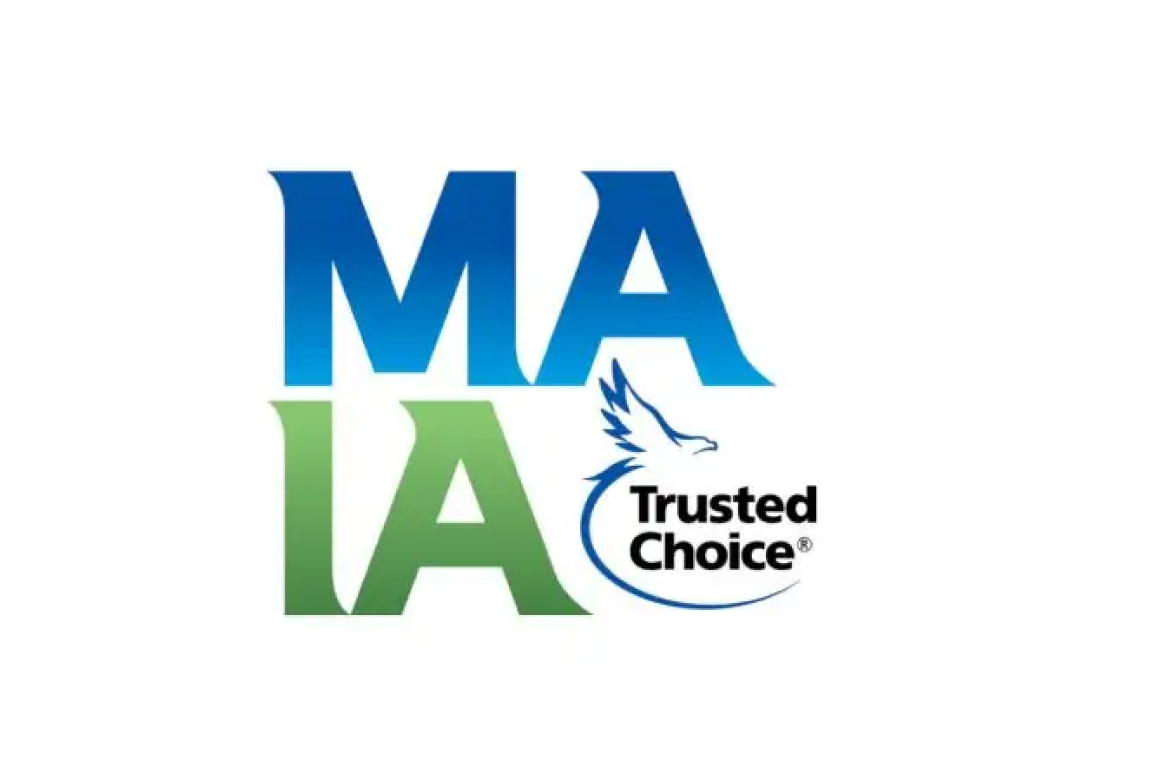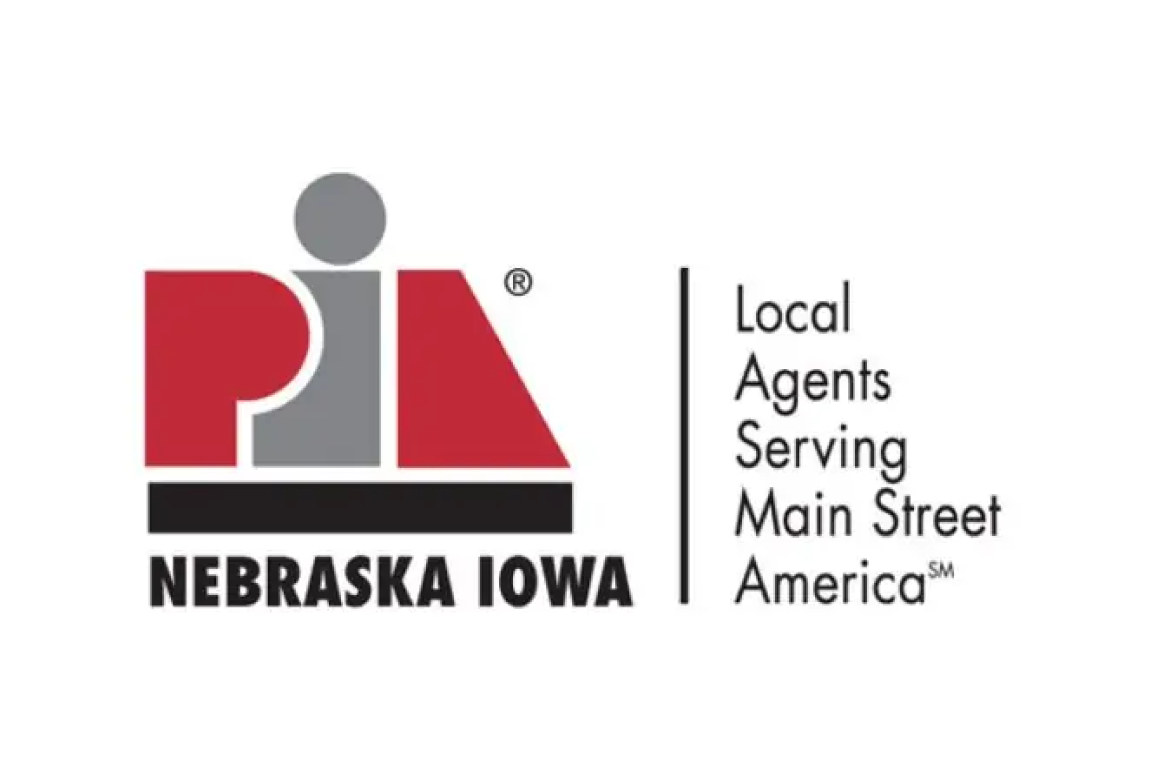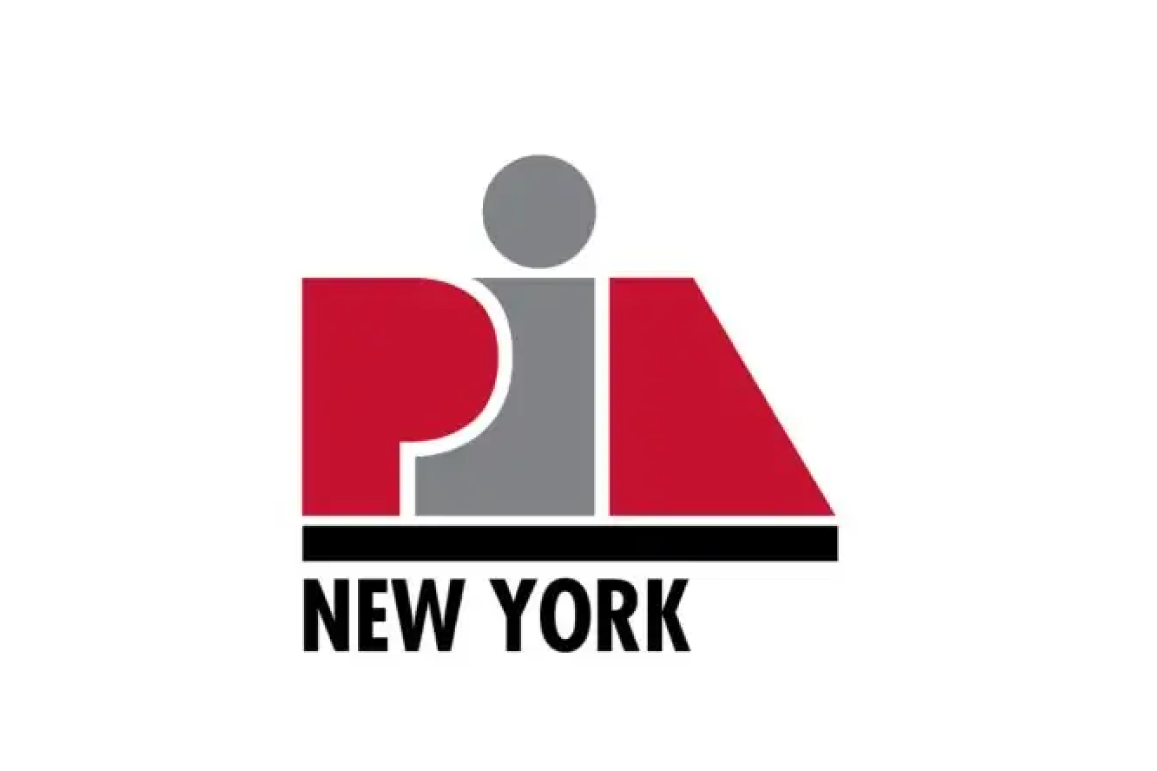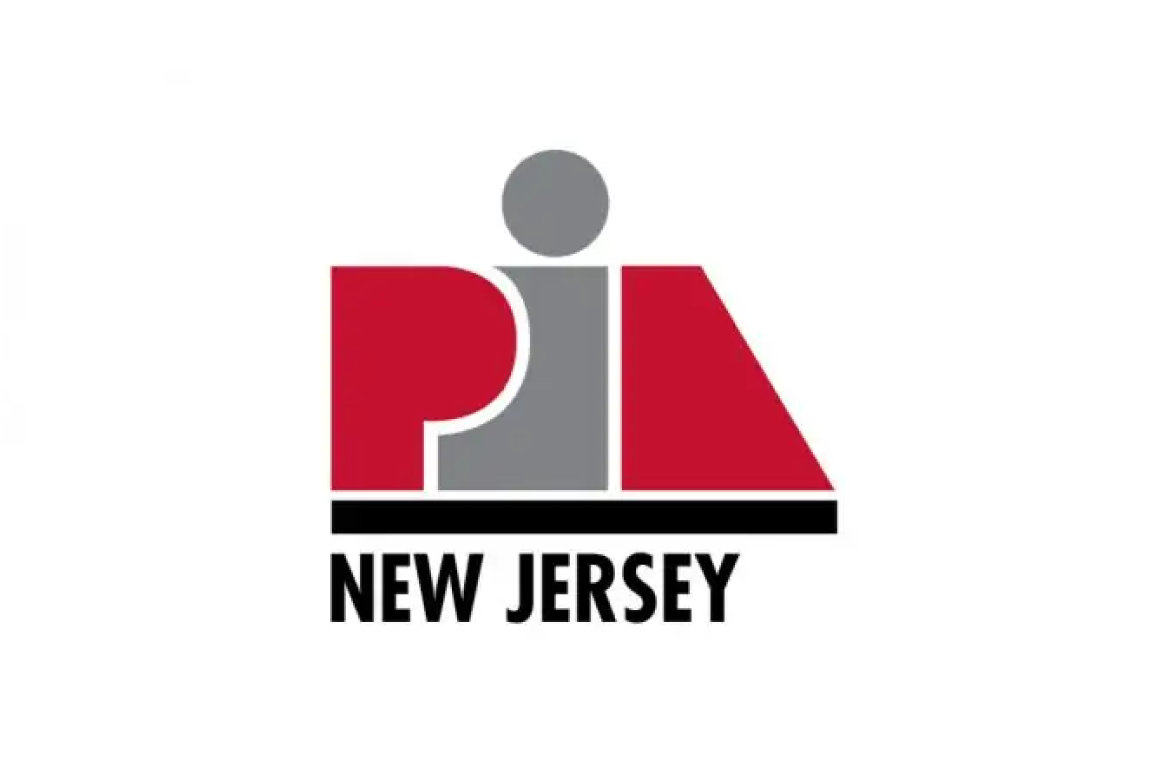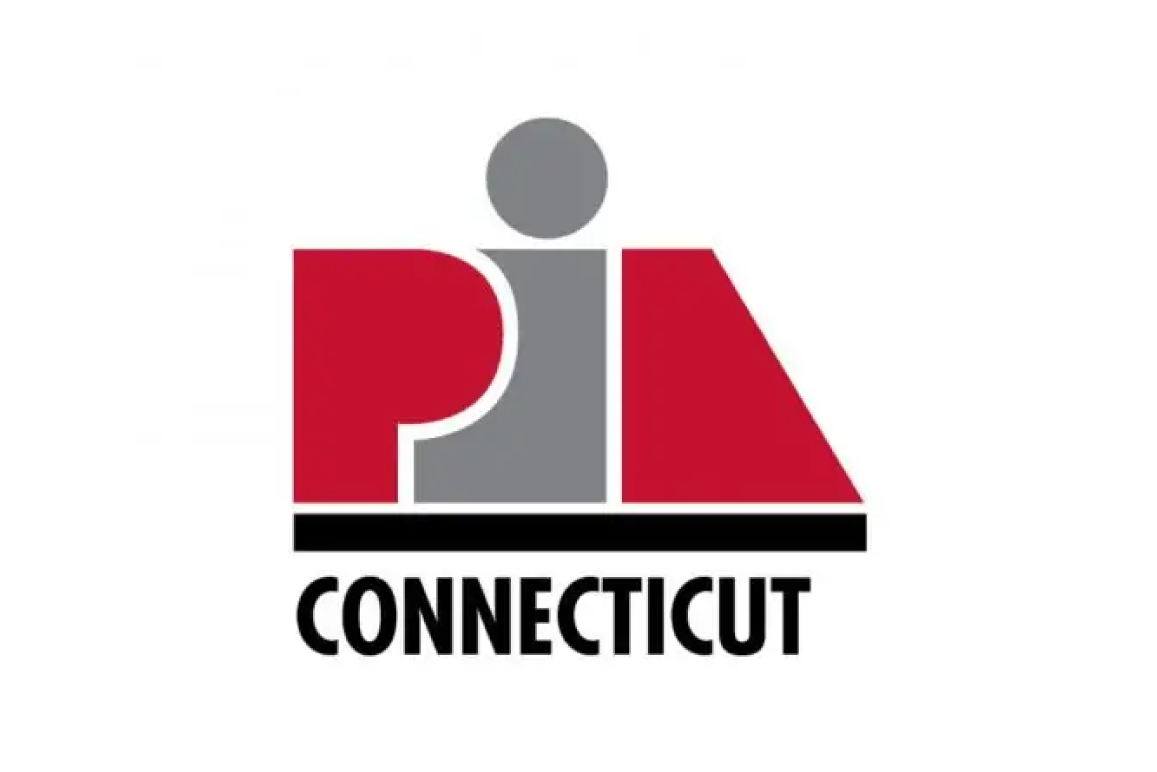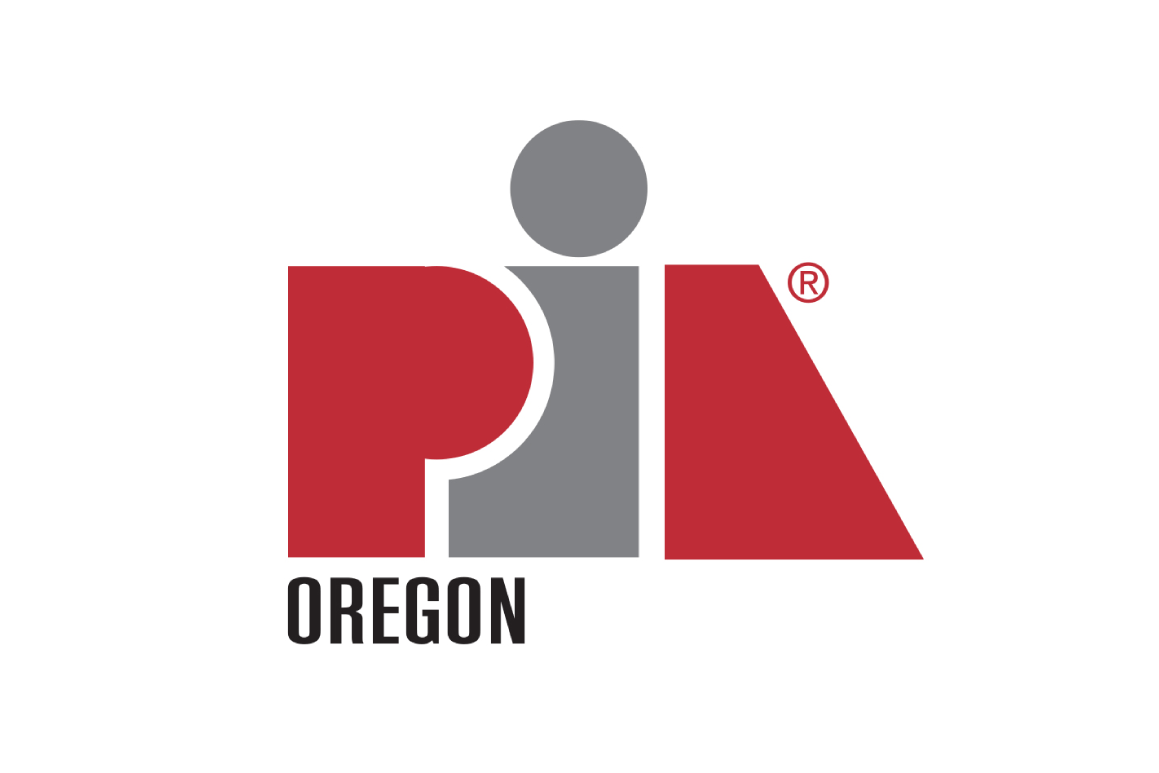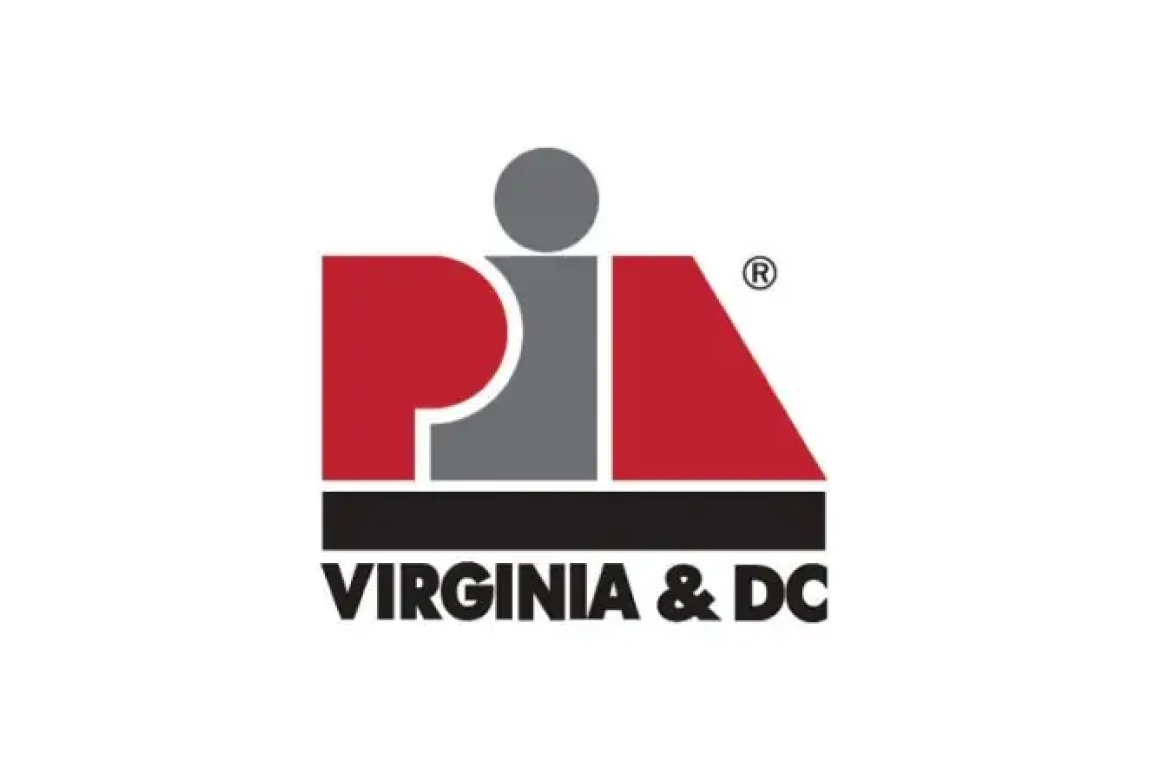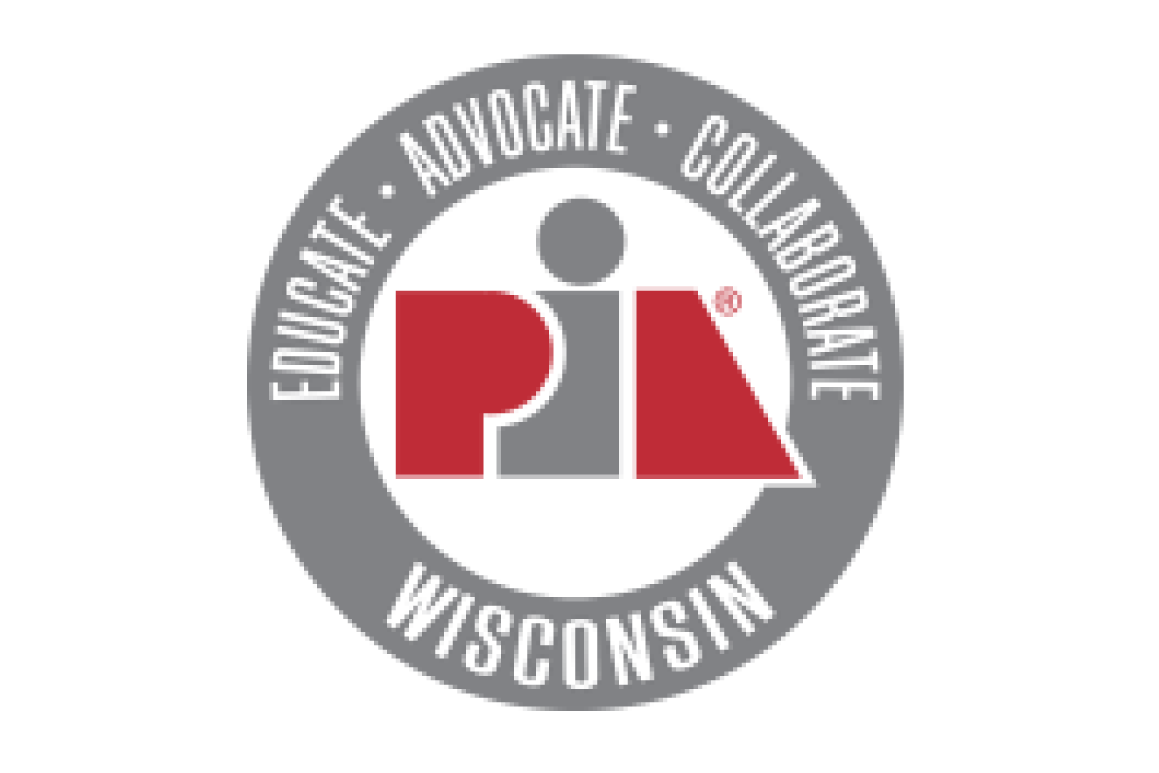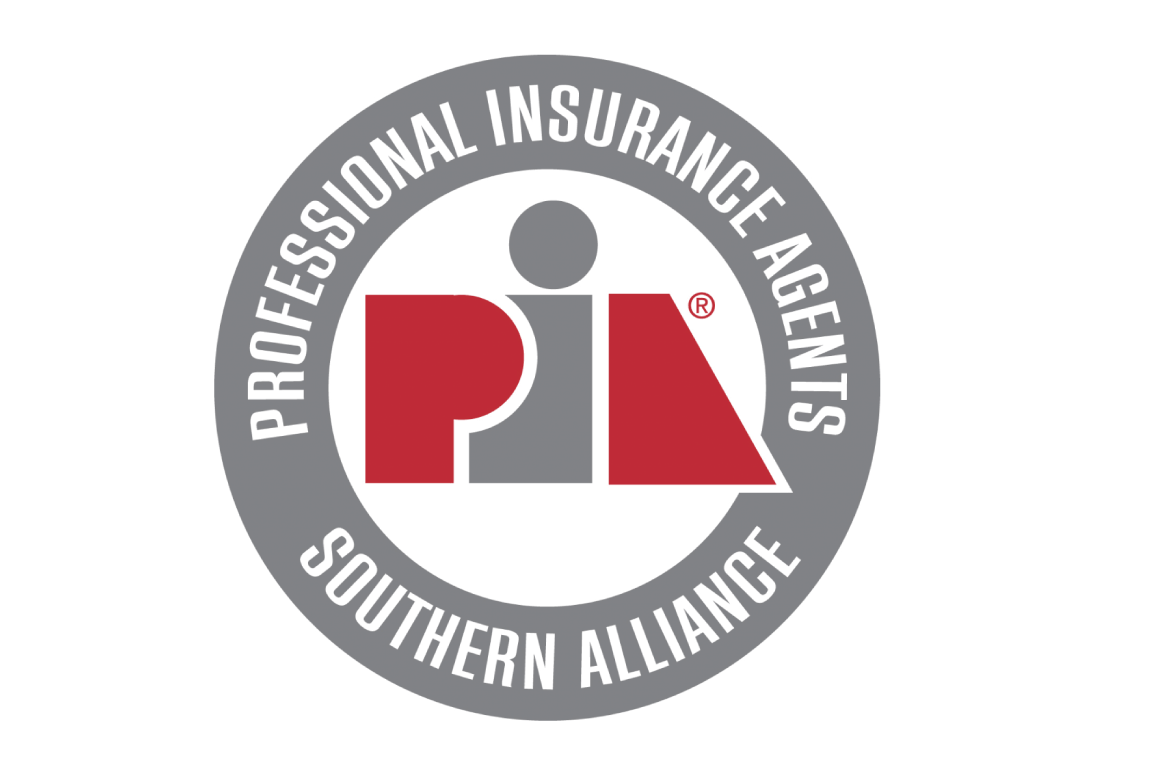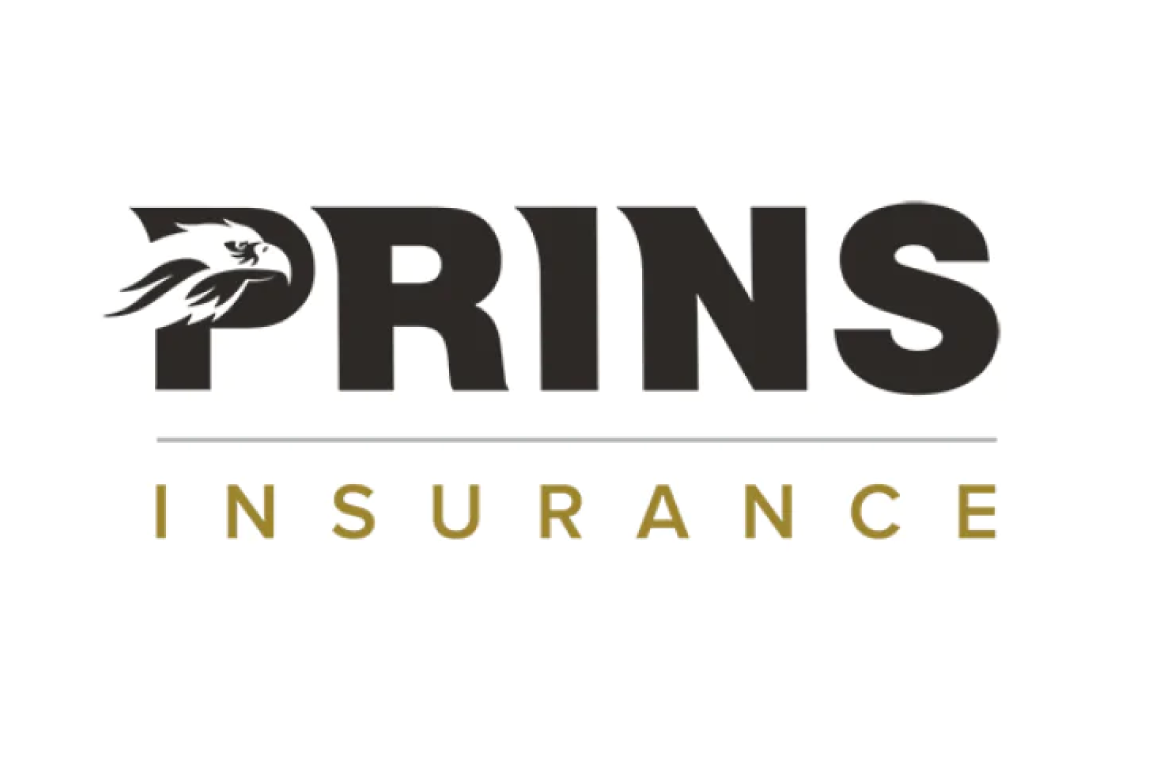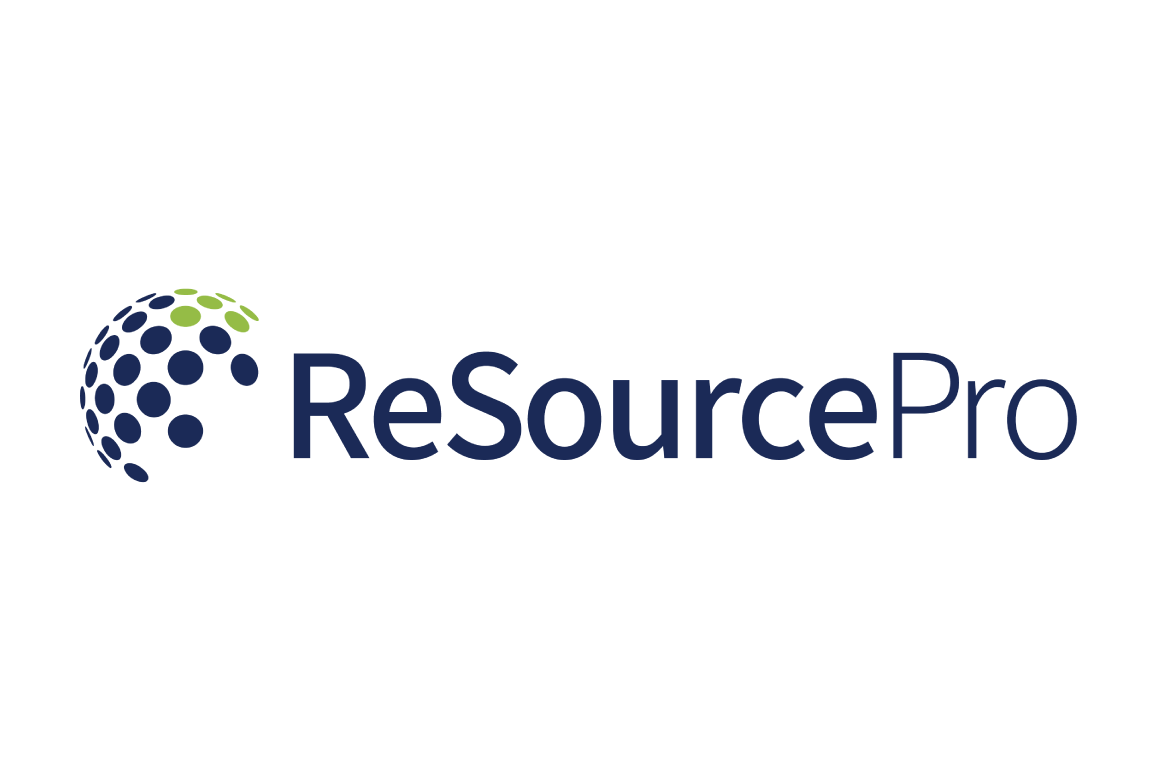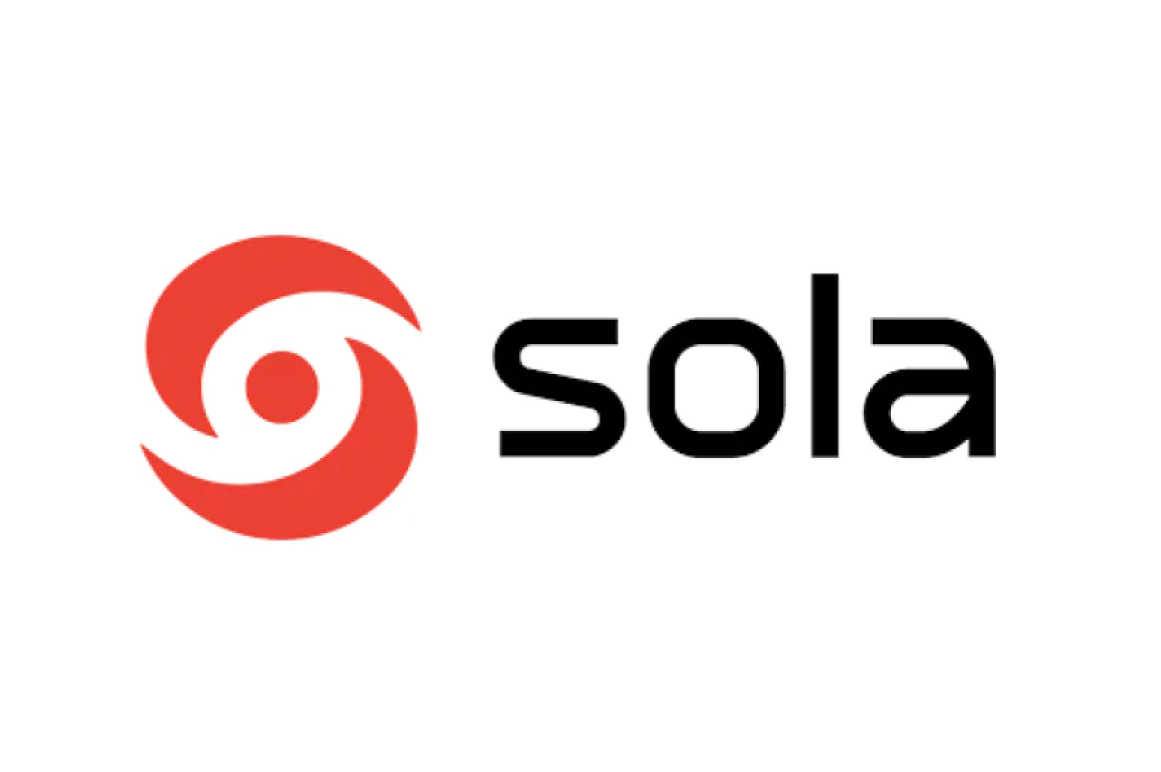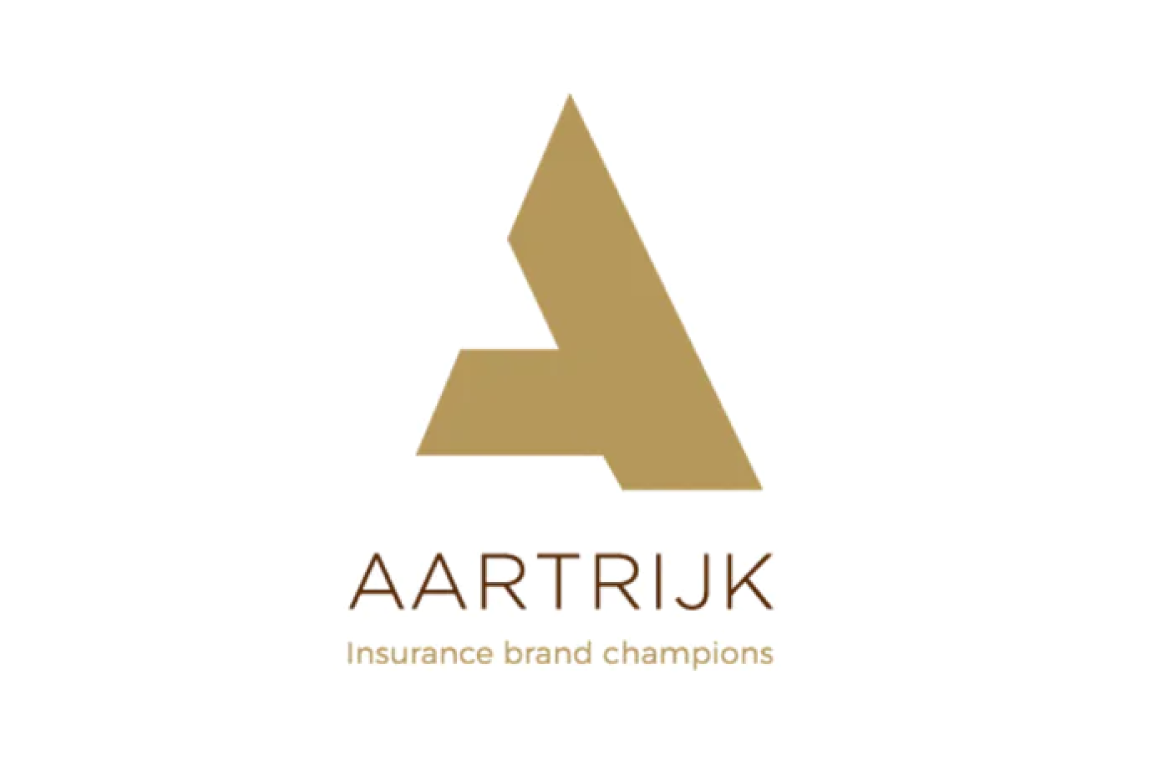By Carletta Clyatt
With the pending arrival of Spring, many of us are inspired to contemplate new beginnings, fresh starts, and improved ways of being. Individual goals and activities like organizing our closets, having the car tuned up, getting our finances categorized in preparation for tax season, and tackling other “spring cleaning” projects come to mind. But what about corporate goals? Now is a good time to reflect on those as well. After all, organizations need fresh ideas, a thorough tuning up, and aspirations, too. Standing still while your competitors move forward simply isn’t an option. How to create a culture of high performance is a worthy subject to consider while you are reviewing your corporate goals.
The crazy truth is that hiring talented people won’t necessarily result in a culture of high performance. To achieve that end, your workplace has to be carefully crafted to attract, develop, motivate, and retain high performers. And that includes policies, procedures, and processes that support your objectives. Here are three of our best suggestions for doing just that.
#1—Hire Right the First Time
Granted, hiring right is easier said than done, but so is everything worth pursuing. Despite what some believe, hiring doesn’t have to be a gamble. There is value in developing a careful process that allows companies greater control of who gets to claim the organization as employer. Consider that it’s much more fruitful to develop the right employee than to work around the wrong employee.
Traditional interviews are a good start, but only a good start. Speaking to a potential new hire face-to-face (whether live and in-person, or virtually via a digital meeting platform) is a tested way to learn some important things about the individual. How professionally does she present herself? How well does he communicate, both verbally and non-verbally? How adept is she at picking up social cues? Is he friendly? Still, 50 percent of new hires fail within the first 18 months. Why? Well, for one, the job interview is largely an artificial experience. Candidates are on their best behavior, and the typical 60 to 90-minute meeting is hardly enough time to get to know all that really needs knowing before you hire someone. That’s why behavioral assessments are an invaluable part of the acquisition process. Assessment results aren’t based on “chemistry” or the candidate’s ability to make a good first impression. Instead, these instruments provide objective data and insight that can be used to make intelligent hiring decisions.
#2—Commit to Developing Your Leaders
In any organization, people managers and other leaders have especially awesome responsibilities. Staff depends on leadership for establishing company vision as well as for day-to-day guidance, direction, and validation. Whether the job is managing line staff or other managers, it’s a hard one. The market changes, the workforce changes, stakeholder expectations change, and your leaders have to be able to respond to all of those areas that comprise a fluid business environment. How can you know that your managers have the willingness and ability to adapt their behavior to whatever the company needs when it needs it? Behavioral assessments add value here as well. By using a proven behavioral methodology, you can uncover each employee’s strengths, motivators, and opportunities to grow creative leaders for today and tomorrow.
#3—Commit to Building Your Teams
Team building is a deliberate and time-intensive endeavor that requires an abundant investment of energy and other resources. However, the payback is enormous. Functional teams do great things.
What are the ingredients of a functional team? Aside from the “soft” aspects—such as trust, good communication, and respect—a functional team will be made up of people in the positions that truly complement their knowledge, skills, and abilities. While that may seem obvious, it’s a fact that we don’t always know the skills and traits a person needs to be successful in a particular position. Instead of thinking it through beforehand, we make assumptions while relying on history and take it from there.
Also, jobs evolve, and sometimes we don’t keep up. Next thing you know, the position description bears little resemblance to the job in action, and if the incumbent is struggling, we may not always be sure why because we have lost touch with what the position now requires.
Behavioral assessments are both the cure and the antidote for this ailment. During the hiring process (and after a careful review of the position description), use an assessment tool to determine whether your candidates have the traits needed to do the job. Post-hire, use the tool to discover employee strengths and motivations as a foundation for creating a team that sings! (Bonus—everyone wants to be part of a winning team, so your efforts will give a boost to employee retention.)Many talk about wanting a culture of high performance, but few will devote the time and energy needed for that culture to emerge. Hiring right and developing staff are two concrete steps you can take to distinguish your agency from
the pack.

